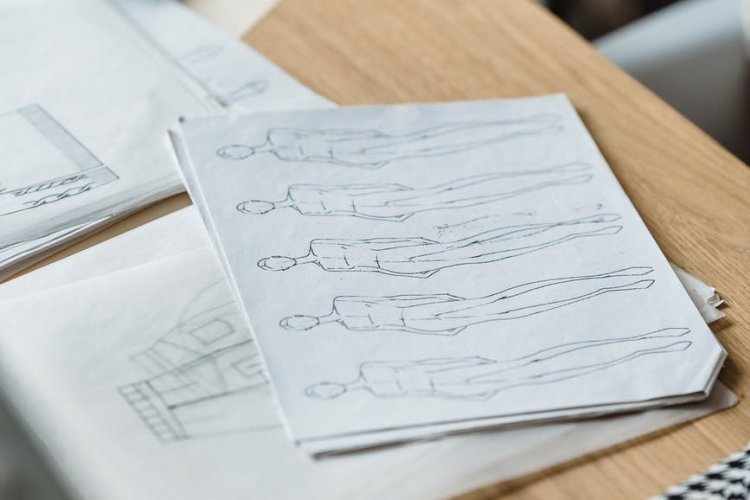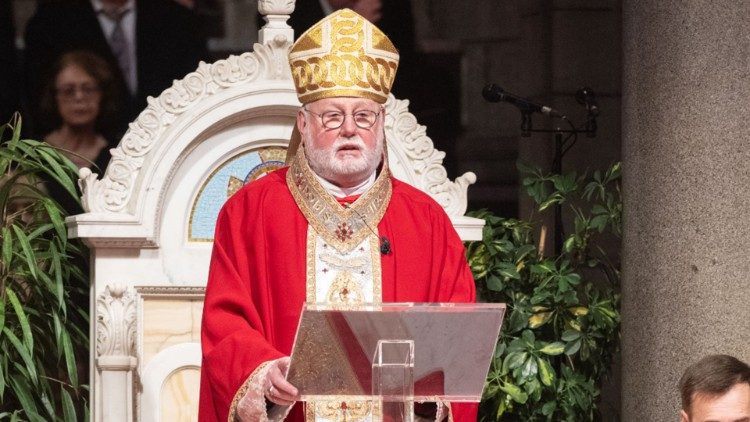Can Europe replace the US in Ukraine?
Losing U.S. backing will be a blow, but Ukraine has the means to keep fighting with help from its European allies.
Donald Trump’s attacks on Ukraine are forcing European countries to think the unthinkable: The U.S. may stop arming Kyiv.
But both Ukrainian President Volodymyr Zelenskyy and military analysts think that while losing U.S. support will be a major blow and will hit deliveries of key weapons, Ukraine backed by its European allies will be able to keep fighting for many months.
Governments are racing to show diplomatic and military support for Ukraine. More than a dozen leaders were in Kyiv on Monday, with many more joining virtually, while the EU is working on a military aid package worth at least €20 billion.
Former Ukrainian Foreign Minister Dmytro Kuleba told POLITICO: “The most powerful leverage Trump has on Ukraine is to threaten non-delivery of weapons. We have, in my view, six months before we would really start to feel the lack of weapons on the front line.”
There is a reason to worry about U.S. intentions.
In the month since he was sworn in as U.S. president, Trump has jumped into peace talks with Russia (without consulting allies), falsely claimed that Ukraine started the war, called Zelenskyy a dictator who had duped the U.S. out of billions of dollars, and is now gutting decades of U.S. political, economic, diplomatic and military policy toward its allies.
Europe has noticed.
Friedrich Merz, the conservative candidate who will be Germany’s next chancellor, declared he wanted Europe to gain full “independence” from the United States on defense.
There is no question that U.S. aid is very important. When Congress refused to approve more aid for Kyiv over a year ago, the Ukrainian military suffered artillery ammunition and air defense shortages that allowed Russia to press its advantage along the frontlines.
When Ukraine lost control of the strategic city of Avdiivka last February, Zelenskyy blamed the setback on an “artificial deficit” in shells.
The situation on the ground
Ukraine has Europe’s largest military except for Russia, with 980,000 soldiers under arms, Zelenskyy said earlier this year. They are holding more than 1,500 kilometers of frontlines against Russian troops, as well as about 400 square kilometers in the Russian region of Kursk.
Vladimir Putin wants to expand the Russian military by 180,000 troops to reach 1.5 million. The Kremlin has also been aided in the Kursk fighting by thousands of soldiers from North Korea.
Since the start of Russia’s full-scale invasion in February 2022, Ukraine has lost 46,000 soldiers killed in action and 390,000 wounded on the battlefield, Zelenskyy said this month, although some analysts believe the true number of casualties is higher. Russian casualty estimates range from 600,000 to 750,000 killed or wounded.
Despite being dwarfed by its adversary, Ukraine has been able to hold its own and hit back using its own weapons and arms supplied by its allies.
Russia is suffering well over 1,000 casualties a day as it advances very slowly along the front, capturing 4,168 square kilometres in 2024 — about twice the size of Luxembourg — according to the Institute for the Study of War, a think tank.
Russia is also being supplied by its allies Iran and North Korea — which have sent Moscow drones, rockets, artillery systems and as many as 8 million artillery shells.
Russia’s military expenditure last year was forecast at 13.1 trillion rubles ($145.9 billion), or 6.7 percent of the country’s gross domestic product, according to the latest Military Balance report from the International Institute for Strategic Studies (IISS).
Russia’s huge army has been able to absorb massive losses during the war. IISS calculated that 1,400 main battle tanks were put out of action last year, but the country is still able to draw on dwindling Soviet-era stocks and increased domestic production.
Money, guns and ammo
Without external help, Ukraine would have fallen to Russia long ago.
Ukraine plans to spend 2.2 trillion hryvnias (€50 billion), or about 26 percent of its GDP, on defense and security next year.
According to data from the Kiel Institute, between February 2022 and the end of 2024 the U.S. spent €64 billion on military support for Ukraine, while Europe — including the U.K. and Norway — contributed almost €62 billion.
Most of that money has gone on supplying Ukraine with arms and ammunition from Western stockpiles and new production, although there is growing interest in countries signing direct contracts with Ukrainian defense companies.
The equipment includes ATACMS and HIMARS missiles from the U.S., as well as SCALP/Storm Shadow cruise missiles from the U.K., France and Italy.
Since the war started, Ukraine has received Soviet-era tanks, artillery and fighter jets from former Warsaw Pact countries, U.S.-made F-16 fighters, Abrams tanks and Patriot air defense systems, as well as Polish Krab mobile howitzers, French Mirage jets, German Leopard tanks, Franco-Italian SAMP/T air defense systems and more.
Europe also supplied Ukraine with a million artillery shells last year — in an effort that was hit by months of delays; this year the aim is to supply another 1.5 million rounds. The U.S. has sent more than 3 million 155 mm artillery rounds to Ukraine.
Ukraine is becoming a world leader in drone production, from the cheap first-person-view drones used in huge numbers along the frontlines to hunt down Russian soldiers, armor and vehicles, to the heavier, longer-range weapons that strike refineries, command posts and key infrastructure deep inside Russia.
A war without Washington
So what happens if aid from the U.S. stops coming?
A U.S. withdrawal would not only cost Ukraine about half its arms, it would also deprive the country of many of its “most effective” ones, according to Ben Barry, senior fellow for land warfare at IISS.
Some U.S. systems such as Abrams tanks can be switched for European ones, like Leopards. Meanwhile, the F-16s are all supplied by European countries, not the U.S., while there are competitors for Patriot air defense system like the SAMP/T, Germany’s IRIS-T and Norway’s NASAMS.
But Lithuanian Foreign Minister Kęstutis Budrys told POLITICO that there is “certain weaponry, certain equipment [that] Europe cannot substitute for the U.S.,” citing air defense systems and some long-range munitions.
“It will take us time and we’re working on it … it is a challenge because there are no direct substitutes, or quick shortcuts, but we can step in with finances to help Ukraine produce more itself,” he said.
While Europe has increased its defense spending in recent years, and has made efforts to increase procurement and domestic production of ammunition, losing the U.S. will create a gap.
“The Europeans have maximum six months to step up,” said Ukrainian lawmaker Ivanna Klympush, adding that they “just don’t have what the Americans have.”
When asked if Europe could replace a U.S. funding shortfall, the IISS’ Francois Heisbourg said “[in] budgetary terms? The answer is yes, it’s doable. What is doable politically, whether there will be the willpower to do so, can be debated.”
He noted that taken as a whole, U.S. financial support is far smaller than the €183 billion in frozen Russian assets held by Euroclear, the Belgian-based clearing house.
Zelenskyy said last week that Ukraine’s domestic arms production is showing strong growth, and is now making 30 percent of what Ukraine needs — largely drones, electronic warfare systems and artillery — but acknowledged it’s still not enough. While ever more European countries are collaborating with Kyiv to increase its domestic capacity, the process will take years.
Even if Washington abandons Kyiv, Ukraine will keep fighting, said Nick Reynolds, land warfare research fellow at London’s Royal United Services Institute think tank.
“Ukraine is continuing to hold the front line with its own units, with the equipment that it has, [and while] in many ways it’s still reliant on Western support for munitions, it’s also producing a substantial proportion by itself,” he said.
Zelenskyy also insists his troops will hold their ground, no matter what Trump does.
“Everyone understands that we are quite stable today. We are much stronger than we were at the beginning of the invasion,” Zelenskyy said.
At the same time, despite the brave face, Ukraine is desperate for the U.S. to stay.
“For our people, for life in general, it is so important that American support, American assistance remains,” Zelenskyy said in a direct appeal to Trump during Monday’s live and virtual gathering of leaders in Kyiv.
What's Your Reaction?











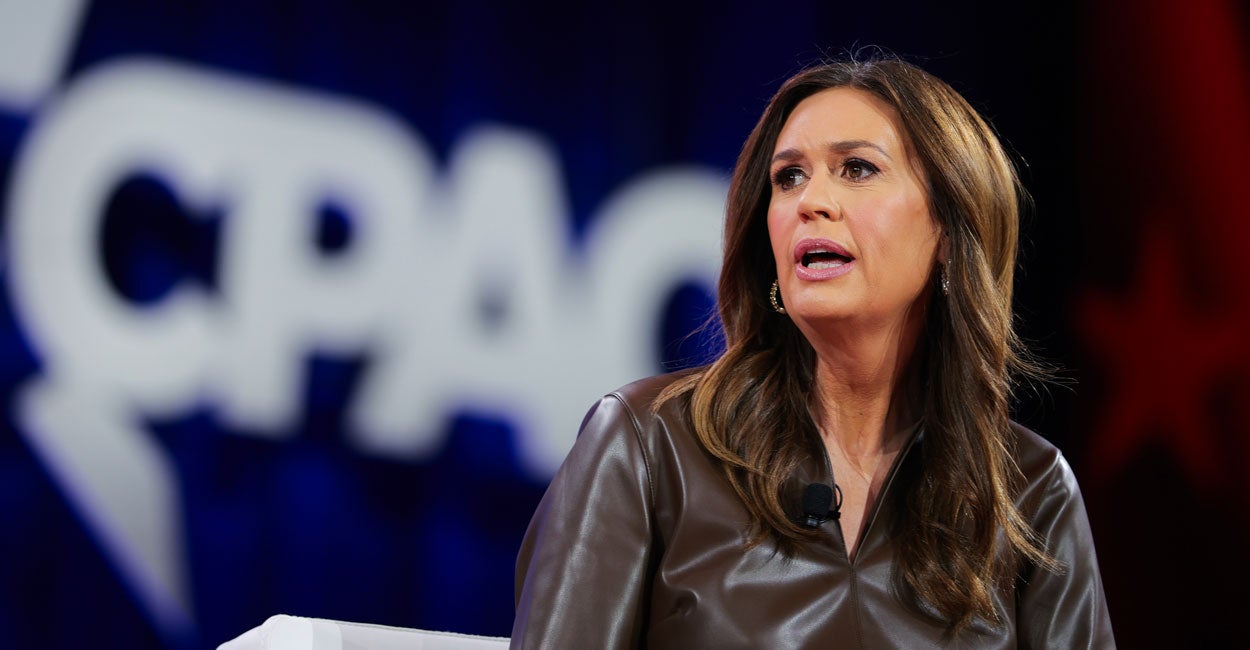





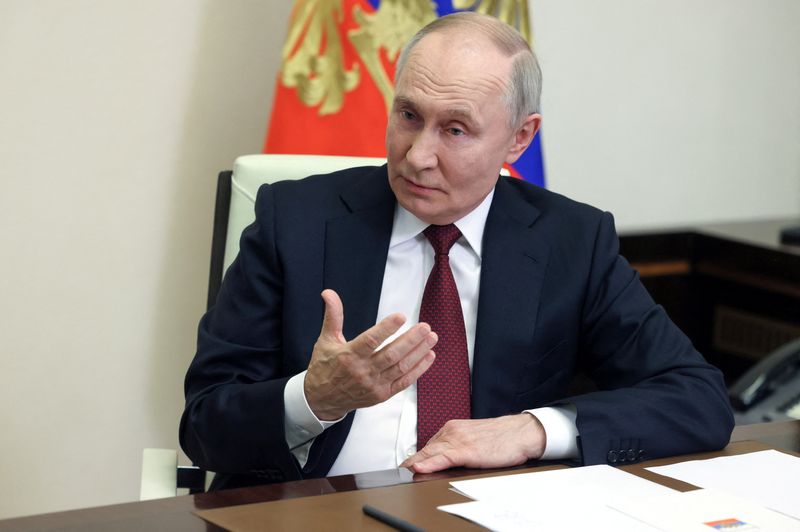


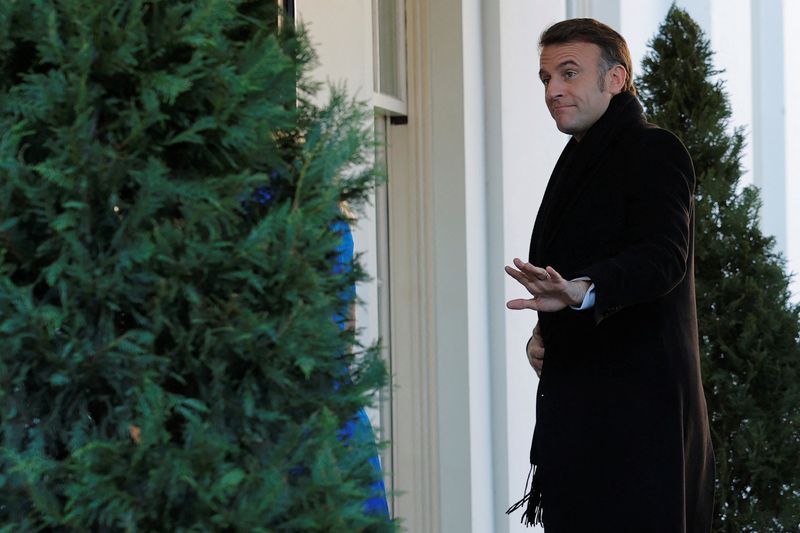





:quality(85):upscale()/2024/09/09/785/n/1922283/901e710666df358b373de2.40207443_.jpg?#)
:quality(85):upscale()/2024/07/23/904/n/1922283/dc92642c66a0159ee98db4.72095370_.jpg?#)
:quality(85):upscale()/2024/07/10/842/n/1922283/8fb902af668edd399936b2.17277875_.jpg?#)
:quality(85):upscale()/2024/06/07/909/n/1922283/82a389f8666372643f2065.06111128_.jpg?#)
:quality(85):upscale()/2024/06/07/726/n/1922283/10bee64e666334778cf548.63095318_.jpg?#)
:quality(85):upscale()/2025/02/03/788/n/1922283/010b439467a1031f886f32.95387981_.jpg)
:quality(85):upscale()/2025/01/08/844/n/1922398/cde2aeac677eceef03f2d1.00424146_.jpg)
:quality(85):upscale()/2024/11/27/891/n/1922398/123acea767477facdac4d4.08554212_.jpg)
:quality(85):upscale()/2024/12/02/919/n/1922398/2b4b75f6674e20edcc99c3.42112799_.jpg)
:quality(85):upscale()/2024/10/29/690/n/1922398/e9bec6b46721006258d949.01358236_.jpg)









